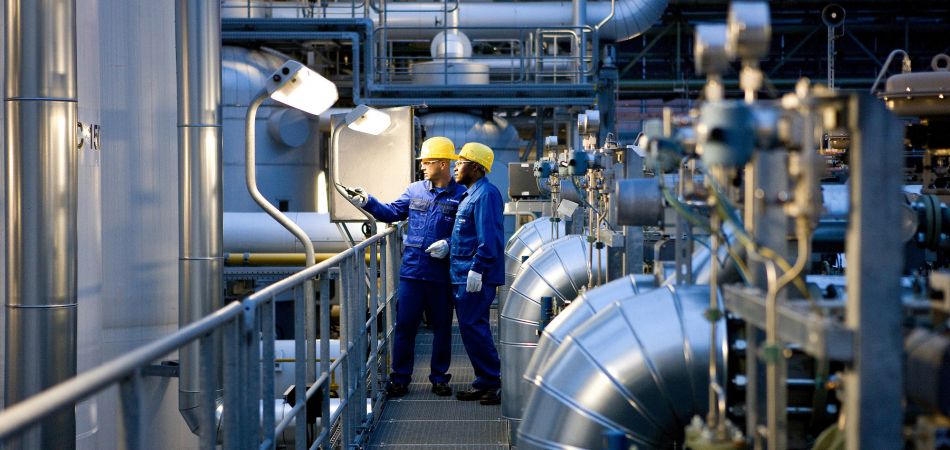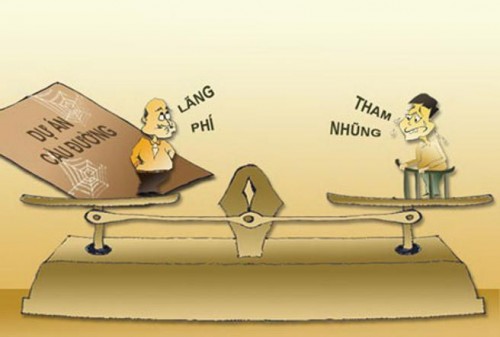ABSTRACT:
This article focuses on providing the conditions and procedures for importing used machinery, equipment, and production lines from overseas to the Vietnamese market under the Prime Minister’s Decision No.18/2019/QD-TTg (“Decision 18/2019”) taking effect from 15/6/2019 and replacing the Circular No. 23/2015/TT-BKHCN issued by the Minister of the Ministry of Science and Technology (“Circular 23/2015/TT-BKHCN”). With the purpose of preventing Vietnam from becoming a landfill for obsolete machinery, Decision 18/2019 officially bans the use of imported used machinery, equipment, and production line technology that is more than 10 years old. In addition, Decision 18/2019 also stipulates only used machinery that directly serves production activities in Vietnam are allowed to import.
Keywords: import machinery; import equipment; import production lines; used machinery;
Decision 18/2019; Circular 23/2015/TT-BKHCN.
I. APPLICABLE ENTITIES UNDER DECISION 18/2019
Decision 18/2019 applies to:
(i) Organizations and enterprises (all abbreviated as enterprises) importing second-hand machinery, equipment and production lines;
(ii) Assessment organizations conducting assessments of second-hand machinery, equipment and production lines pursuant to the provisions of Decision 18/2019;
(iii) State administrative agencies concerned with the import of second-hand machinery, equipment and production lines prescribed in Article 1 of Decision 18/2019.
II. GOVERNING SCOPE OF DECISION 18/2019
Decision 18/2019 mostly focuses on governing the importation of:
(i) Second-hand machinery, equipment; and
(ii) Second-hand production lines.
Decision 18/2019 no longer stipulates components, spare parts, and replacement parts are allowed to be imported into the Vietnamese market as described under Circular 23/2015/TT-BKHCN.
III. GENERAL PROVISIONS ON IMPORTATION OF SECOND-HAND MACHINERY, EQUIPMENT AND PRODUCTION LINES
Second-hand machinery, equipment, production lines imported into the Vietnamese market shall have to comply with the following general provisions:
(i) Contain HS code numbers in Chapters 84 and 851 of Vietnam’s Import/Export Tariff List;
(ii) To be imported for the utilization in production activities in Vietnam;
(iii) Not on the list of goods prohibited from importation pursuant to Decree 69/2018/ND-CP;
(iv) Not being discarded as announced exclusion of such item because it is obsolete, of poor quality or causes environmental pollution by exporting country;
(v) Satisfy the requirements on safety, energy-saving or environmental protection as stipulated by law;
(vi) The import of second-hand machinery, equipment and production lines must comply with the provisions of the law on the import of goods.
IV. SPECIFIC PROVIONS ON IMPORTATION OF SECOND-HAND MACHINERY, EQUIPMENT AND PRODUCTION LINES
Decision 18/2019 clearly defines import conditions on (i) second-hand machinery, equipment and (ii) second-hand production lines. In particular:
4.1 Conditions for importing second-hand machinery, equipment
a. Conditions for importing second-hand machinery, equipment in general cases
(i) The age of the equipment does not exceed ten (10) years. For machinery and equipment in fields of mechanics, wood processing, paper and pulp production, the age of equipment can range from 15 to 20 years (as specified in Appendix I attached to Decision 18/2019);
(ii) To be manufactured under QCVN/TCVN or the national standards of a G7 country or South Korea on safety, energy saving and environmental protection.
b. Conditions for importing second-hand machinery, equipment in special cases
In case the second-hand machinery, equipment has an age exceeding the regulations, the enterprise still be allowed to import if such machinery and equipment meet the following conditions:
- Residual capacity (calculated as the number of products manufactured by such item of machinery or equipment within a unit of time) or the residual efficiency of such item still remains at 85% or more of the design; and
- The level of consumption of raw materials, supplies and energy of the item does not exceed 15% of the design.
In such case, the enterprise may submit one (1) set of an application file requesting import to Ministry of Science and Technology (MOSTE) for its consideration and resolution.
4.2 Conditions for importing second-hand production lines
(i) To be manufactured under QCVN/TCVN or the national standards of a G7 country or South Korea on safety, energy saving and environmental protection;
(ii) Its residual capacity (calculated as the number of products produced by the technological line within a unit of time) or its residual efficiency must be 85% or more of the design;
(iii) The rate of consumption of raw materials, supplies and energy must not exceed 15% of the design;
(iv) The technology of the technological line is not on the lists of technologies the transfer of which is prohibited or restricted as set out in Decree 76/2018/ND-CP of the Government dated 15 May 2018 on technology transfer;
(v) The technology of the technological line is currently being used by at least three (3) manufacturing facilities in member countries of OECD (Organization for Economic Cooperation and Development).
V. PROCEDURES AND APPLICATION FILES FOR IMPORTATION
5.1 Procedures and application files for importing second-hand machinery, equipment
a. Procedures for importing second-hand machinery, equipment
(i) The enterprise submits one (1) set of its import file plus the data prescribed in clause 1 Article 8 Decision 18/2019 to the customs office at the place where it registers its customs
declarations;
(ii) The customs office is only permitted to conduct customs clearance procedures when the import file plus the data prescribed in article 1 Article 8 Decision 18/2019 is complete and valid. An assessment certificate is required pursuant to clause 1(c)Article 8 Decision 18/2019, and such certificate must record the conclusion that the second-hand item satisfies the requirements prescribed in Article 6 of this Decision;
(iii) In case the dossier is incomplete or invalid as prescribed when importing second-hand machinery and equipment in special cases, the following procedures shall be followed:
- If the file is submitted in person at the one-door section for receipt of files of MOSTE, then the file must be immediately returned to the enterprise to amend it;
- If the file is received via the website of MOSTE, then such ministry must, within eight (8) hours of receipt of the file, notify the enterprise to amend the file;
- If the file is received in the post, then within two (2) days after receipt MOSTE must provide a letter to the enterprise requiring it to amend the file.
If the application file is complete and valid, then within two (2) business days after receipt MOSTE shall send a letter together with a photocopy of the file to the relevant ministries or line ministries requesting their opinions;
Within ten (10) business days after receipt of a written request for an opinion from MOSTE, the ministry, line ministry or expert concerned must provide an opinion;
Within three (3) business days after receipt of opinions from the ministries or expert concerned, MOSTE must provide a written response to the enterprise and in the case of non-consent to import must specify its reasons.
b. Application files for importing second-hand machinery, equipment
General cases:
Application files including:
(i) Application file prescribed by the Law on Customs;
(ii) Copy enterprise registration certificate as sealed by the enterprise. In the case of authorized import, there must be an authorization/entrustment document;
(iii) Original certificate of the manufacturer of the machinery or equipment regarding its year of manufacture and [stipulating that] the standards of such machinery or equipment satisfy the criteria under the provisions;
(iv) An assessment certificate issued by a designated assessment organization satisfying the requirements.
Special cases:
Application files including:
(i) Request for import second-hand machinery, equipment that explaining:
- The necessity of the import to ensure continued production and business activities;
- A plan for using machinery or equipment; and
- The necessity of machinery or equipment proposed to be imported within the production lines.
(ii) The copy of the Certificate of enterprise registration bearing the enterprise’s seal;
(iii) An assessment certificate issued by a designated assessment organization satisfying the requirements.
5.2 Procedures and application files for importing production lines
a. Procedures for importing production lines
(i) The enterprise submits one (1) set of its import file plus the data prescribed in clause 1 Article 7 Decision 18/2019 to the customs office at the place where it registers its customs
declarations;
(ii) The customs authority shall only initiate customs clearance procedures as regulated if import documents and additional documents prescribed in Clause 1 Article 7 Decision 18/2019 are sufficient and valid, and the inspection certificate shows that the used technological line satisfies requirements in Article 5 Decision 18/2019.
b. Application files for importing production lines
Application files including:
(i) Application file prescribed by the Law on Customs;
(ii) Copy enterprise registration certificate as sealed by the enterprise. In the case of authorized import, there must be an authorization/entrustment document;
(iii) An assessment certificate issued by a designated assessment organization satisfying the requirements.








